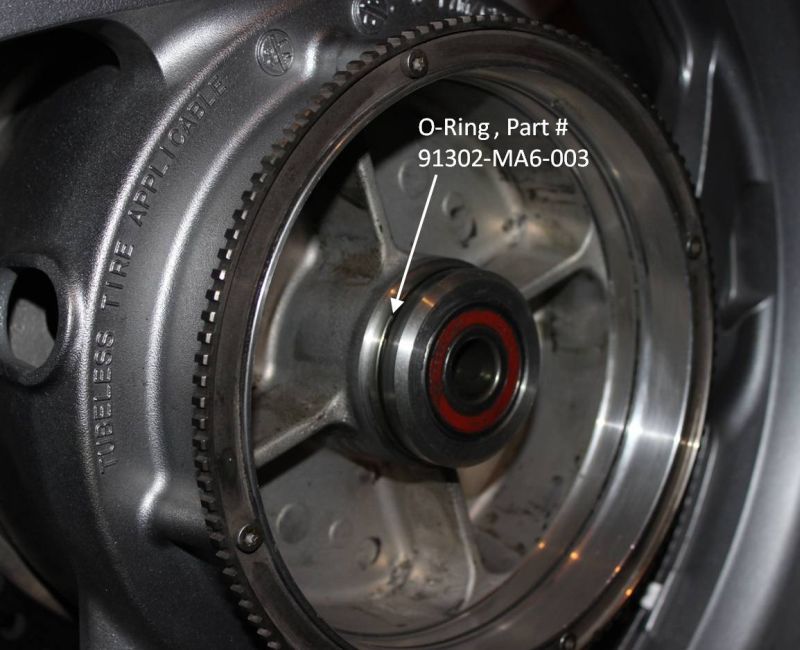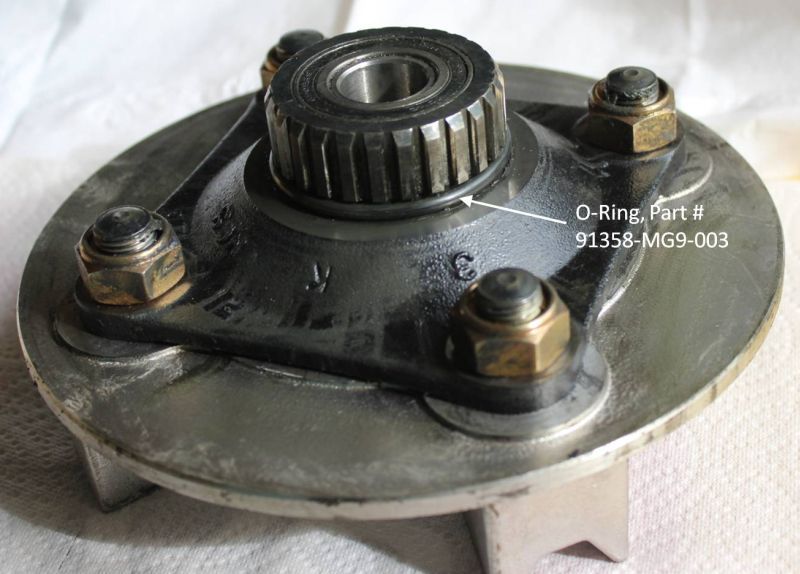Quick history:
* About 500 miles ago, I replaced the flange bearings.
* Cleaned both sets of teeth ... dry
* Applied official Mother Honda Moly 60 Paste, coated both very liberally
* Last Sat, rear tire picks up a scaffolding nail - tire ordered -
* Today, I remove rear wheel ...
(When I installed the original Pirelli rear tire (~4k miles ago), I applied Moly ... )
Why, 500 miles ago, when I removed the wheel (to replace the flange bearings), did it look like I applied Moly the week before (applied it ~4k miles prior when installed new tire), but now, 500 miles after replacing the bearings, the Moly I applied looks like Moly was *never* applied?

* About 500 miles ago, I replaced the flange bearings.
* Cleaned both sets of teeth ... dry
* Applied official Mother Honda Moly 60 Paste, coated both very liberally
* Last Sat, rear tire picks up a scaffolding nail - tire ordered -
* Today, I remove rear wheel ...
(When I installed the original Pirelli rear tire (~4k miles ago), I applied Moly ... )
Why, 500 miles ago, when I removed the wheel (to replace the flange bearings), did it look like I applied Moly the week before (applied it ~4k miles prior when installed new tire), but now, 500 miles after replacing the bearings, the Moly I applied looks like Moly was *never* applied?






